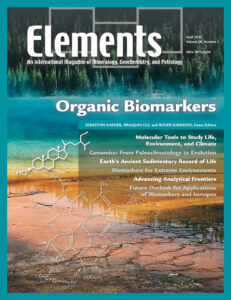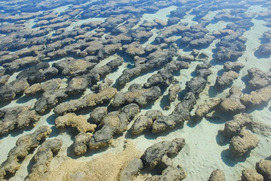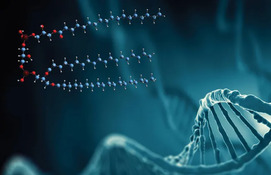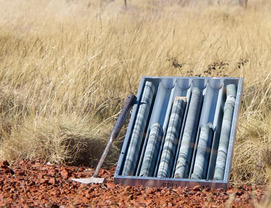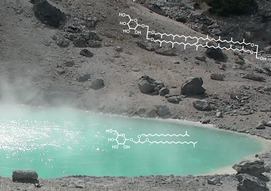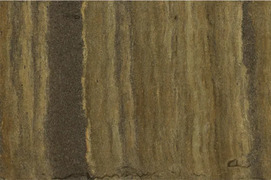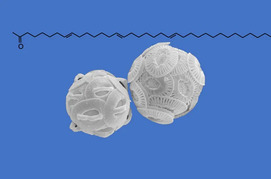Organic Biomarkers
Sebastian Naeher, Xingqian Cui, and Roger Summons – Guest Editors
Table of Contents
Biomarkers are molecular fossils that are preserved in a wide range of environmental archives (e.g., soils, sediments, sedimentary rocks, and petroleum systems). This issue introduces biomarkers and their compoundspecific stable isotope compositions to study fundamental biogeochemical processes and their application as proxies for environmental and climate reconstructions. Molecular biosignatures can be used to study the evolution of life, transitions in ocean plankton over time, the microbiota of extreme environments such as hydrothermal systems and the deep crustal biosphere, and to search for signs of life beyond Earth. Important new discoveries are typically the result of the development and deployment of improved instrumental techniques, multidisciplinary research approaches, and the combination of organic biogeochemistry with the new tools of molecular biology.
CAMECA
Excalibur Mineral Corporation
MyStandards
American Geosciences Institute
Mineralogical Society of America
v18n3 Water in Planetary Bodies
GUEST EDITORS: Yves Marrocchi (Centre de Recherches Pétrographiques et Géochimiques, France) and Pierre Beck (Grenoble Alpes University, France)
Despite a simple molecule, water has played a key role in shaping the Solar System from the formation of early solids to the processes of planetary and moon formation. Through its astrophysical cycle, water has driven the evolution of protoplanetary disks, which, in turn, has affected the water budget of terrestrial planets and, therefore, their geological activities and habitability. Understanding water’s role in diverse natural processes requires expertise in astrophysics, geophysics, and geochemistry. This issue of Elements will introduce the different environments and processes where water is of fundamental importance, as well as its past and present distribution within the Solar System and how this peculiar molecule affects astrophysical and geological processes.
- The Quest for Water Yves Marrocchi (CRPGCNRS, France) and Pierre Beck (Grenoble Alpes University, France)
- We Drink Good 4.5 Billion-Year-Old Water Cecilia Ceccarelli (Grenoble Alpes University, France) and Fujun Du (Purple Mountain Observatory, China)
- Ocean Worlds in Our Solar System Julie C. CastilloRogez (California Institute of Technology, USA) and Klára Kalousová (Charles University, Czech Republic)
- Water in Differentiated Planets, the Moon, and Asteroids Anne H. Peslier (NASA Johnson Space Center, USA) and Maria Cristina de Sanctis (INAF, Italy)
- Water in Chondrites and Aqueous Activity on their Parent Asteroids Lionel G. Vacher (Washington University, USA) and Wataru Fujiya (Ibaraki University, Japan)
- Water Delivery During Terrestrial Planet Formation André Izidoro (Rice University, USA) and Laurette Piani (CRPGCNRS, France)
- Halogens: From Planetary Surfaces to Interiors (February 2022)
- Organic Biomarkers (April 2022)
- Water in Planetary Bodies (June 2022)
- Cascadia Subduction Zone (August 2022)
- Cement and Concrete: From the Romans to Mars (October 2022)
- Exploring Jupiter’s Moon Io (December 2022)



